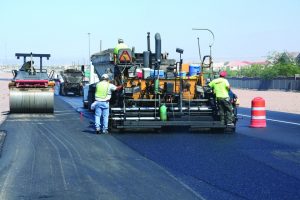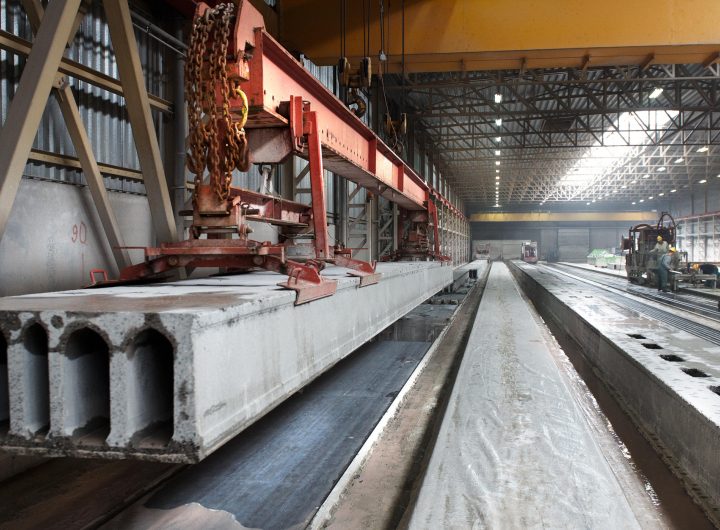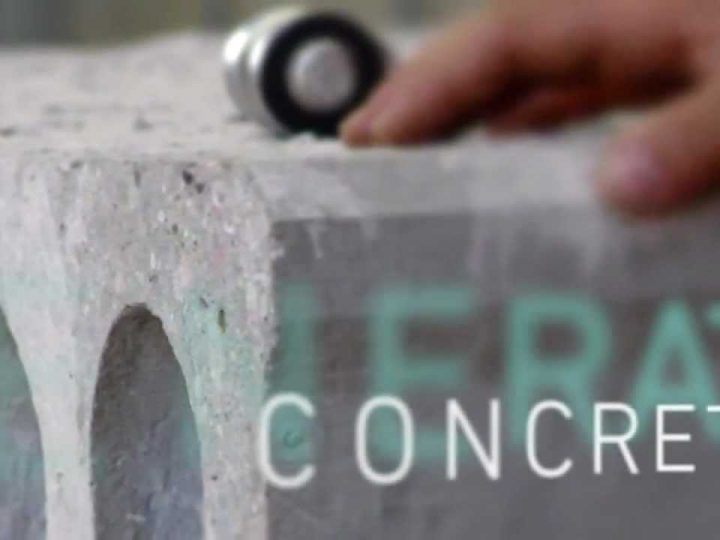In Arizona, the use of asphalt rubber has resulted in longer life pavements with reduced cracking, better rideability and reduced noise. And a lot of other states and municipalities have followed suit based on the example of Arizona. When you go get new tires, you pay a recycling fee and those tires are recycled. A tire gets taken to a facility that process the tires and in general, at those processing plants, what they do is they shred the tires, remove the fabric components and metal components of it. On the truck tires, semi tires, we pull the bead wire out first. With brute force just yanks that bead right out of the tire.

Here is where we feed in to the shredders, the passenger tires Pieces will come out probably a 6 to 8 inch piece. It’s fed into the heavy granulator. At that time it’s broken down to two different components. You’ll have the rubber and some of the wire will be liberated. Then it’s fed into the cryogenic system. Cryogenic is another way of separating wire and steel from rubber. And it freezes the rubber to minus 300-degrees Fahrenheit. At that point, rubber acts like a glass and goes to a heavy hammermill… And it’s smashed into a million pieces. The steel in the fiber’s removed after the hammermill and the fiber is so light that it’s sucked up and the metal is then taken out with a magnet. And then the rubber is put into a 2000-pound super sack. Well, those bags contain rubber that is blended into a liquid product, 18 percent to 21 percent rubber. And they create rubberized asphalt.
The rubber and asphalt blend, which we would call binder, would get dried in that big drum over there, and then blended with oil, taken up that huge staircase and then put into a silo to go out to the job site, and get placed for everybody to drive on. We use approximately 1500 tires per lane-mile when we pave asphalt rubber. I would say we’ve recycled over 15 million tires since we started this program, if not considerably more than that. We look at the tires as an asset. If we would have not recycled, we would have stockpile above the ground which cause fires and health issues. When we started using asphalt rubber, started using the crumb rubber from the tires, we didn’t do it so much to recycle tires. The material is a better material because of it. It helps resist not only cold weather cracking but the normal cracking that happens from the fatigue or the agent on the roadway.
The bonus is that we’re taking those tires out of the waste stream. Thank you to Arizona DOT for finding a marriage between environmental solution and a highway solution. ADOT… Keeping Arizona moving.




